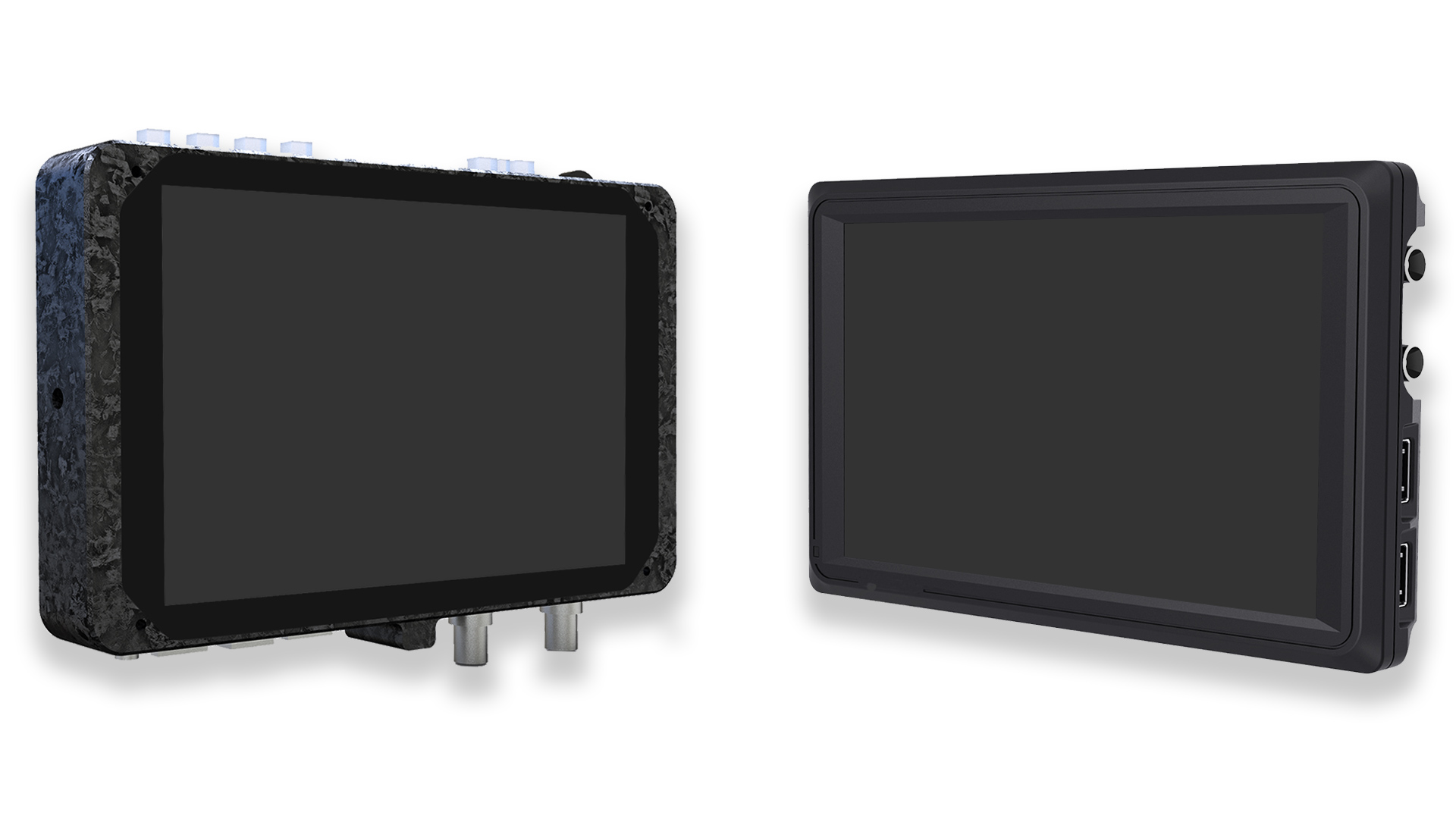
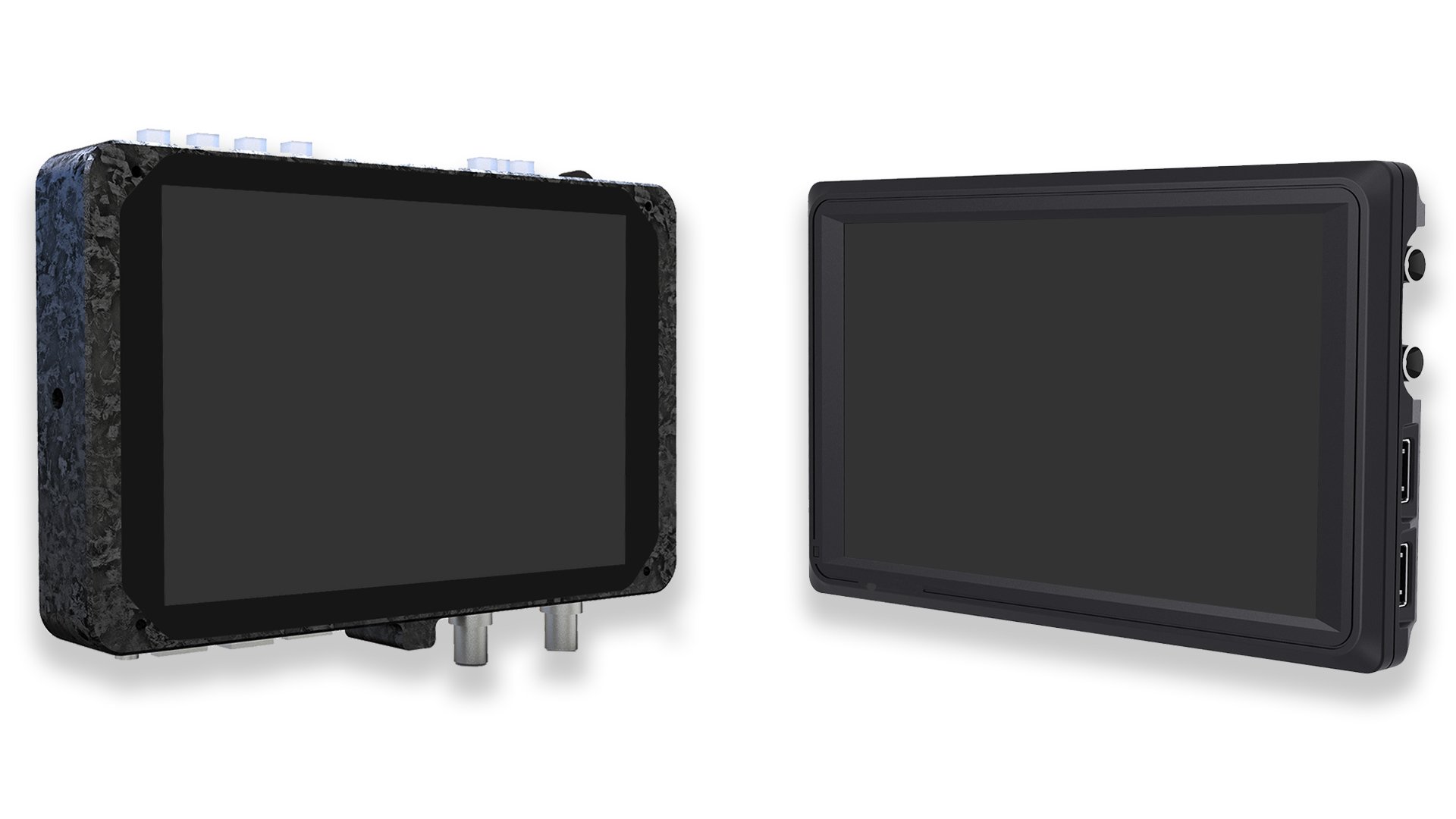 The two versions of the Katherine monitor, collectively known as
The two versions of the Katherine monitor, collectively known as
We are becoming spoilt for choice when it comes to bright, portable set monitors. Phil Rhodes takes a look at what would appear to be one of the brightest yet. The 2500nit Cinemartin Katherine.
Generic seven-inch on-camera monitors are so easy to build that there's probably several dozen choices. Displays bright enough to see outdoors on a sunny day are a lot rarer, and it’s common to find that someone's bought a whole recorder just to get a high-power backlight. Cinemartin's Katherine monitor, reviewed here in its LT version, is designed to offer a lighter, less power-hungry option for use outdoors on a summer’s day, and will soon be available for an enticing €399, currently equivalent to about US$450 or £350. Considering that an everyday, conventional-brightness SDI monitor might easily cost £250, it’s an interesting option.
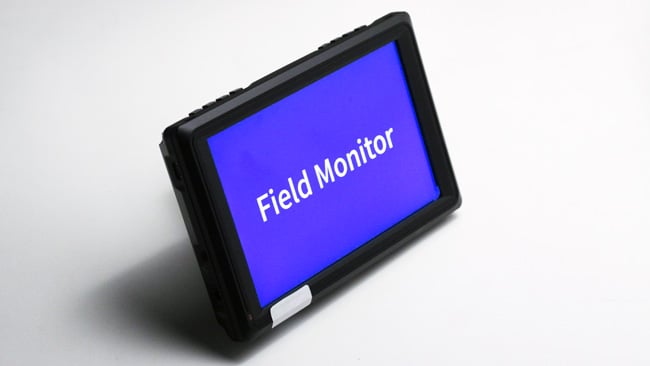
Cinemartin Katherine LT
The first impression of the Katherine LT monitor, as it comes out of the box, is that it is very lightweight. Notwithstanding the famous line in Jurassic Park (“Is it heavy? Then it's expensive, put it down”) there are obvious upsides to this: it'll frequently end up on top of the camera, and a lightweight display all the way up the top makes for more reliable magic arms and easier handling. The more expensive (€999) non-LT Katherine display is carbon-fibre cased and might even be lighter, but the LT option is an absolute featherweight regardless, at around 380 grams without battery.
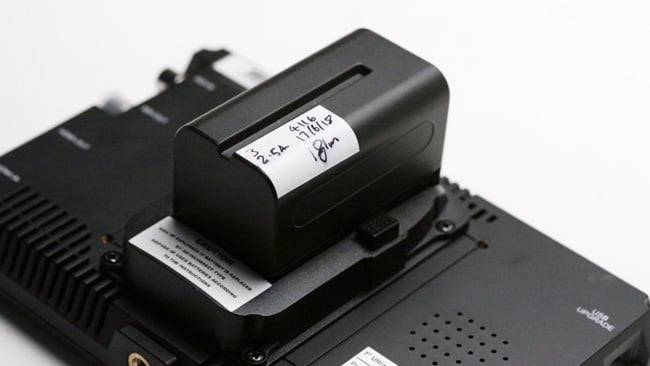
The monitor takes Sony NP-F style batteries as supplied, but various screw holes support other options
Inputs and outputs
All the signal inputs and outputs are on the right side of the monitor. The SDI I/O is on full size BNCs and handles HD material; there is no 4K downscaling. For some reason, the sturdy BNCs are protected in a recess, whereas the less sturdy HDMI connectors aren't, but it's a minor detail. The monitor handles audio, including onscreen metering, and there is an internal speaker. Most users will be reminded by the shriek of feedback to turn the volume all the way down. It's not always a great idea to put noise-making devices in filmmaking equipment, but anyway, it's there.
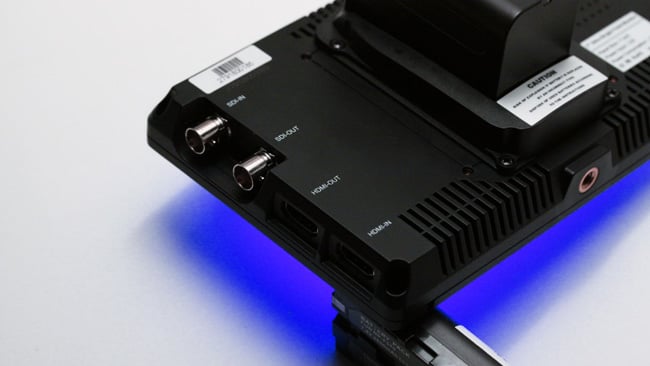
The huge amount of blue light filling in the shadow is evidence of the sheer power of a 2500 nit display
There is also a headphone socket, a USB port for updates, and, naturally, a 12V power input. As so often, it's a non-latching DC barrel jack; clearly this is a cost-control decision but it really should be a latching connector. The company “does not guarantee 18V” so there is a need for caution when powering the monitor from camera batteries. Anyone needing compatibility with big camera batteries should again look to the full-fat Katherine which sports a wider variety of power options. Consumption is specified at under 18 watts, which seems steep for a seven-inch monitor until we remember the high-brightness capability, which will naturally require more energy.
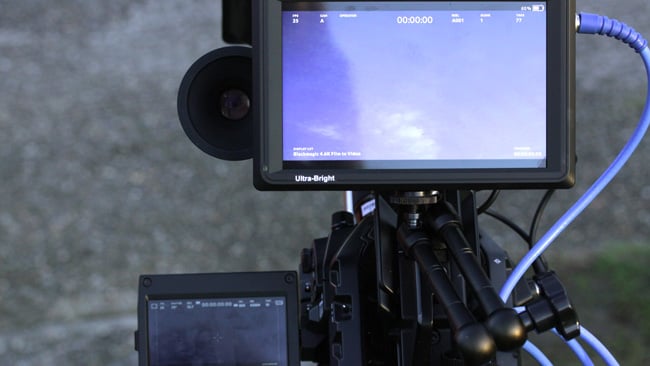
Outdoors, the Katherine easily outperforms the onboard monitor on an Ursa Mini Pro, which is itself no slouch
There's a removable battery plate on the back, compatible with the common Sony NP-F-style batteries. Cinemartin doesn't offer any alternative, though it's probably possible to bolt something else on there with a bit of diligent Googling. The most common alternative, Canon LP-E6 camera batteries, are probably a bit small for a 20W load in any case. With an NP-F750-type battery installed, the whole thing is still under half a kilo. Beneath that plate is a standard 75mm square VESA monitor mount taking M4 fasteners. The electrical connection to the plate is a simple two-pin JST connector.
For LUTs, waveform or RGB parade, we need the non-LT Katherine. Otherwise, the LT's software is pretty complete. The standard selection of frame and safe-area markers are present, as are aspect ratio, variable anamorphosis, inversion, false colour and focus peaking, as well as monitoring of embedded audio (two-channel SDI audio was tested.) In the end, though, the headline feature of the Katherine range is brightness. Is it bright?
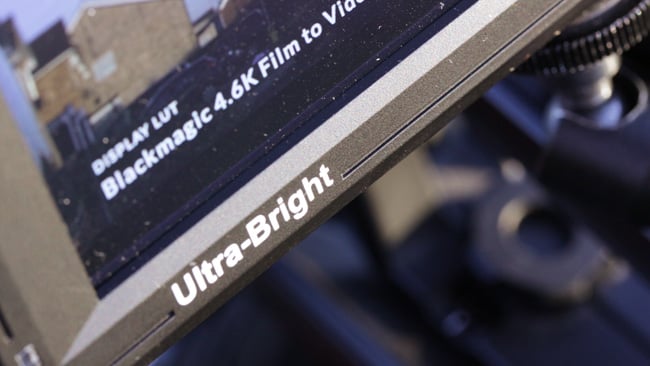
Yes. It is.
Yes. Very. At 2500 nits, it's a thousand brighter than a Shogun Inferno, and 1500 brighter than a SmallHD 702 Bright, both of which are several times the price (though significantly more capable in terms of software.) The Katherine blows through the February morning sunshine easily, and it does that without any visible purity problems. Some high power displays can look a little blotchy, but Katherine looks great.
There is one cause for concern in that the display appears to duplicate frames occasionally, almost as if the LCD panel isn’t being run at the same rate as the incoming video, as with computer video playback. This can make slow pans look a bit steppy. The company suggests it may be a per-camera problem, though the issue is visible with at least a Blackmagic Ursa Mini Pro and a JVC GY-LS300, most obviously in 60fps modes. It’s harder to see, and perhaps absent, in slower 24fps modes.
Conclusion
It's not, and is not designed to be, a precision reference monitor nor an HDR display. It doesn't have deep enough blacks for either, but to be an operator's monitor, or one for someone pulling focus who just needs to see an image, it's certainly very viewable. Absent the uneven motion issue, it’d be easy to recommend; as it is, perhaps that problem can be addressed in firmware.
Tags: Production


Comments